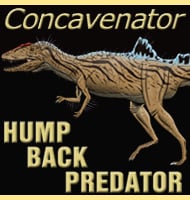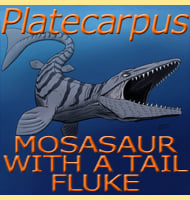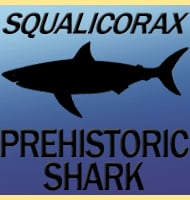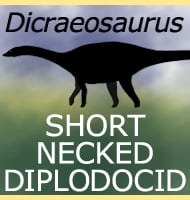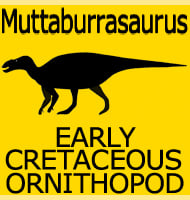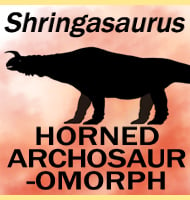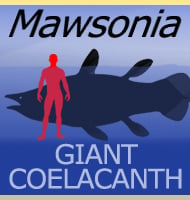In Depth
Fadenia is a genus of cartilaginous fish that belongs within the Eugeneodontida, a group that contains very bizarre forms such as Edestus, Helicoprion and Sarcoprion. Although popularly dubbed sharks, the eugeneodonts are usually placed within the Holocephali, a group distinct from sharks (that are classed within the Elasmobranchii) that also includes the cartilaginous fish that we know today as chimaeras. Both sharks and Chimaeras are related to one another however as they are classed together within the Chondrichthyes, However, while possibly related to chimaeras, specimens of Fadenia show that this genus had a body form that was more like that of sharks than chimaeras. This in turn has led some to question if the Holocephali is the best home for the eugeneodonts. It may just be however that the eugeneodonts had shark-like bodies because it was such a good form for swimming, in a similar manner to ichthyosaurs looking fish like despite them being reptiles.
Further Reading
- Permo-Carboniferous fishes from east Greenland. - Meddelelser om Gr�nland 86(3):1-63 - E. Nielsen - 1932. - Teeth of Edestid Sharks. - University of Kansas Publications Museum of Natural History 12(8):347-362 - T. H. Eaton - 1962. - New eugeneodontid sharks from the Lower Triassic Sulphur Mountain Formation of western Canada. Fishes and the Break-up of Pangaea. - Geological Society, London, Special Publication 295:9-41 - R. J. Mutter & A. G.


